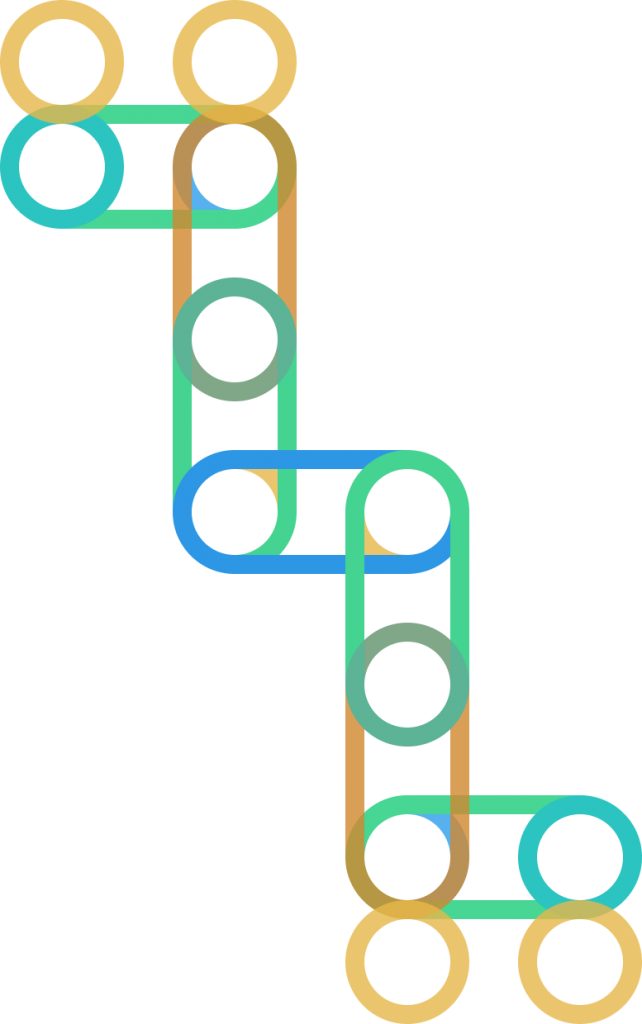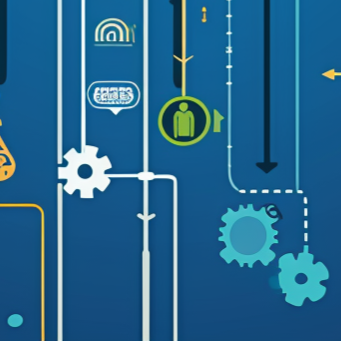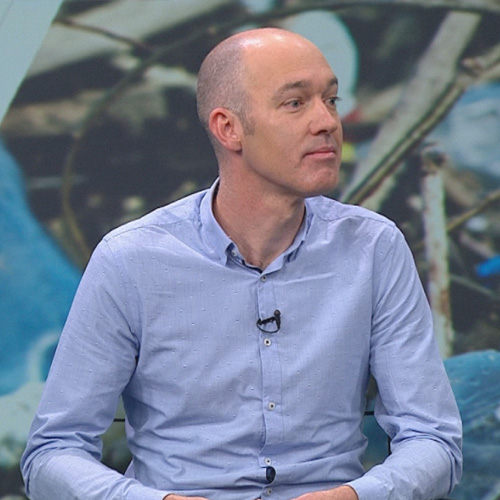
PETCORE Europe Chairman Antonello Ciotti outlines the three essential pillars for effective global plastic regulation: standardized design guidelines, efficient collection schemes, and industry transformation through smart policy frameworks.

Focus on regulation: Europe’s recycling rates point the way for others to follow
Europe’s success in PET recycling stands as a testament to the power of effective regulation and industry collaboration. With collection rates reaching 72%, the European model offers valuable lessons for global plastic waste management. In a recent adaPETation® podcast interview, Antonello Ciotti, Chairman of PETCORE Europe, provides unprecedented insights into how this success was achieved.
The foundation of success: Collection rates
“Europe has an average collection rate of roughly 72%. So three out of four bottles are collected in Europe,” Ciotti reveals. This remarkable achievement didn’t happen by chance – it’s the result of carefully crafted regulations and industry cooperation.
Regulatory framework driving change
Key regulatory initiatives have shaped Europe’s success:
- Mandatory Recycled Content “We have 25% mandatory content only in PET,” Ciotti explains. “And by 2030, it’s already defined that this 25% of minimum content should increase up to 30% and then move into 50 by 2040.”
- Design Requirements “Now in Europe all the cups are tethered cups,” notes Ciotti, highlighting how simple design regulations can have significant impact on recyclability and collection.
- Single Use Plastic Directive The directive requires “25% of recycling content in each bottle by 2025,” with financial penalties for countries that don’t meet targets.
The Italian model: A case study in success
Italy’s approach demonstrates how effective regulations can create a sustainable recycling ecosystem. Ciotti outlines their success: “In Italy now we have roughly almost 5,000 workers that are in this sector that are doing the sorting, collection of the wastes… Every year, we recycle more than 1.4 million tons out of the 2 million tons that are placed in the market.”
Economic framework: The EPR system
The Extended Producer Responsibility (EPR) scheme in Europe has created a sustainable economic model. As Ciotti explains, “The EPR scheme, Extended Producer Responsibility, is a private consortium… managing more than roughly 2 million tons of recycled material and collecting more than 900,000 euro of environmental fees.”
Key components include:
- Private consortium management
- Municipal waste collection compensation
- Industry-funded recycling infrastructure
- Market-driven recycling incentives
The role of eco-modulation
Europe’s implementation of eco-modulation has been crucial. “Through eco-modulation, we were enforcing and pushing brand owners to go versus more sustainable product,” Ciotti states. This approach has:
- Incentivized sustainable packaging design
- Created market advantages for recyclable products
- Driven consumer preference for sustainable options
Balancing costs and competition
Europe faces unique challenges in maintaining its leadership position. Ciotti points out, “Collection costs in Europe are at least 10 times higher than the collection costs that they have in China, in India, in Indonesia, in Egypt.” This reality necessitates careful regulation to:
- Protect local collection schemes
- Maintain competitive recycling industries
- Ensure sustainable economic models
Technology and innovation
European regulations have also driven technological advancement. Ciotti notes the industry’s evolution: “We are in the middle of a transformation and I think that the best are still to come in the sense of new technologies.”
Lessons for global implementation
Europe’s success offers valuable lessons for other regions:
- Strong institutional framework is essential
- Industry collaboration drives innovation
- Consumer engagement is crucial
- Economic incentives must be balanced
Future outlook
Looking ahead, Europe continues to raise the bar. As Ciotti explains, “We would like to see something higher in order to push all of the industry and also the institution to better evaluate how to proceed in this direction.”
The power of collaboration
Success in PET recycling requires what Ciotti calls “a holistic approach.” He emphasizes, “If we want to be successful with the so-called green deal, we need all of us to change a little bit of our daily actions.”
To hear more about his insights and ideas about shifting the paradigm for PET recycling, check out the full conversation on the adaPETation® Podcast.
LOOKING FOR MORE INSPIRATION?
To hear more about Antonello Ciotti’s insights and solutions for better regulations, check out the full conversation on the adaPETation® Podcast. Your support can usher in a new era where plastic, once the problem, becomes an integral part of the solution.
Share it
Useful Links
THE HISTORY OF PLASTIC
Throughout the history of plastic, PET has been crucial in keeping food fresh with lightweight and durable packaging solutions that have helped reduce food waste for almost a century. Learn all about the invention of plastic and the important role it has played feeding people and saving the lives of humans and elephants in the adaPETation® timeline of the history of plastic.





